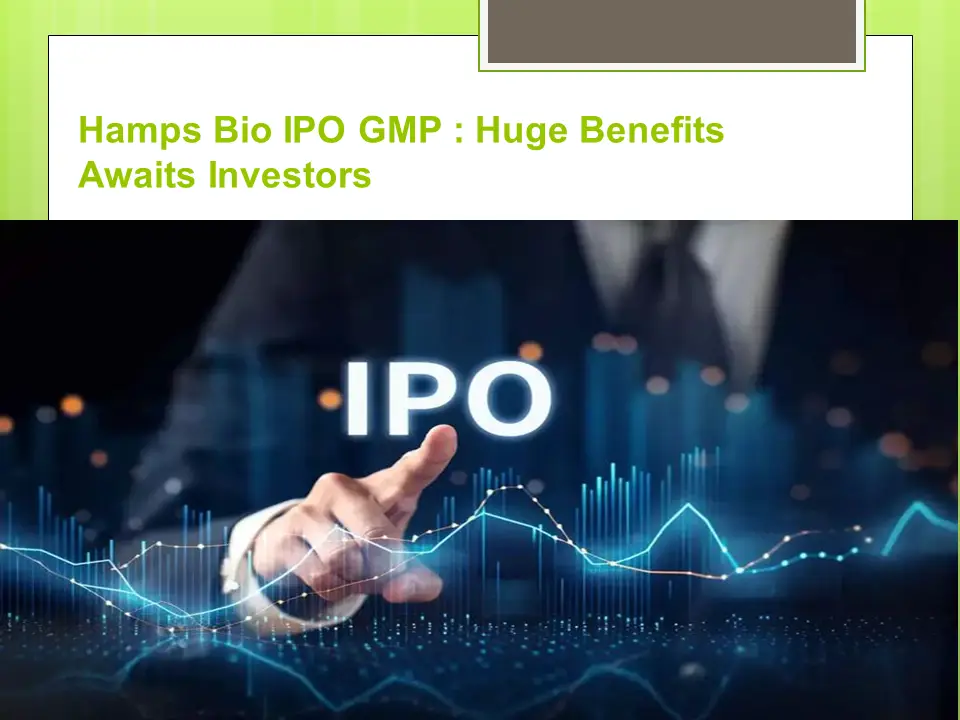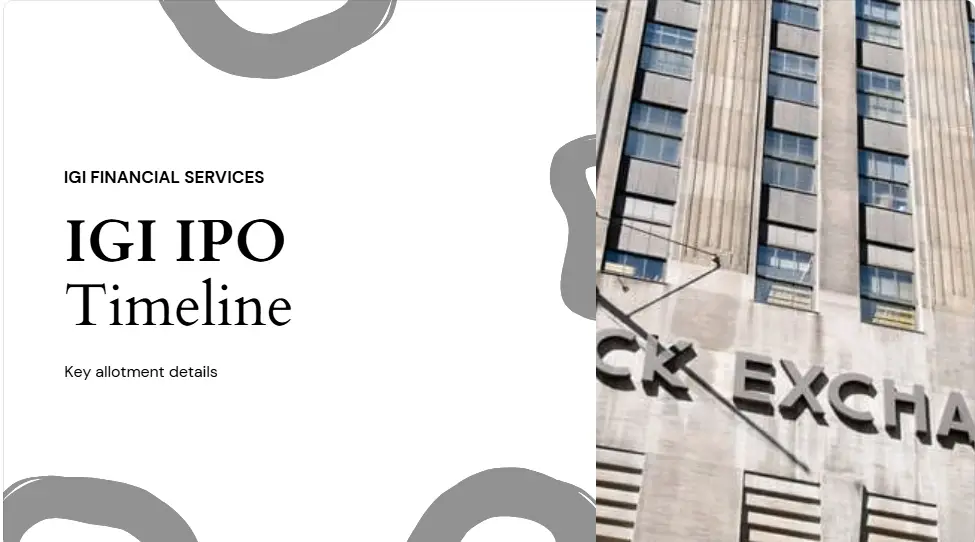
Overview
Comprehending Investment Strategies and ETFs
ETFs, or exchange-traded funds, have become very popular due to their tax efficiency, low costs, and diversification. ETF investment strategies are used by many investors to minimize risk and maximize growth. You will learn how to create a profitable ETF portfolio that is in line with your financial objectives by using this guide.
1. Knowing the Fundamentals of ETFs for Astute Investing
How Do ETFs Operate and What Are They?
| ETF Features | Description |
|---|---|
| Diversification | Provides exposure to multiple assets in one investment. |
| Liquidity | Traded throughout the day like stocks. |
| Cost-Efficiency | Generally lower expense ratios compared to mutual funds. |
| Transparency | Daily disclosure of holdings. |
Different Types of ETFs: A Quick Overview
- Stock ETFs: Follow sectors (Tech, Healthcare) or indices (S&P 500, Nasdaq).
Bond ETFs: Government, corporate, and municipal bonds.
- Commodity ETFs: agricultural products, gold, and oil.
- Thematic ETFs: Dedicated to new developments such as artificial intelligence and clean energy.
International ETFs: Invest in global markets.
Key Metrics to Evaluate ETFs
- Expense Ratio: Lower fees mean higher returns.
- Tracking Error: Measures how closely the ETF follows its index.
- Liquidity: High trading volume reduces bid-ask spreads.
2. Crafting Your Personalized ETF Investment Strategy
Defining Your Investment Goals & Risk Tolerance
- Time Horizon: Short-term (1–5 years) vs. long-term (10+ years).
- Risk Appetite: Conservative (bonds-heavy), Moderate (balanced), Aggressive (stock-focused).
- Investment Goals: Retirement, wealth accumulation, income generation.
| Investor Type | Stocks (%) | Bonds (%) |
|---|---|---|
| Conservative | 30% | 70% |
| Moderate | 60% | 40% |
| Aggressive | 80%+ | 20% |
Selecting the Right ETFs for Your Portfolio
- Broad Market ETFs: Ideal for core holdings (e.g., S&P 500 ETFs like SPY, VOO, IVV).
- Sector & Thematic ETFs: Exposure to high-growth areas (tech, healthcare, ESG).
- Fixed-Income ETFs: Stability and income generation.
3. Establishing a Portfolio of Diversified ETFs
Using Broad Market ETFs to Create a Core Portfolio
- S&P 500 ETFs: A solid basis for sustained expansion.
- ETFs for the entire market: Vanguard Total Stock Market ETF (VTI) includes large, mid, and small-cap stocks.
- International ETFs: VXUS, EFA for global diversification.
Using Sector and Thematic ETFs to Increase Returns
- Technology ETFs: Tech Select Sector SPDR, XLK (Nasdaq-100), and QQQ.
Clean Energy ETFs: ICLN (iShares Global Clean Energy ETF).
Healthcare ETFs: XLV (Health Care Select Sector SPDR).
Including ETFs for Fixed Income to Promote Stability
- Government Bonds: BND (Vanguard Total Bond Market ETF).
- Corporate Bonds: LQD (iShares iBoxx $ Investment Grade Corporate Bond ETF).
- Municipal Bonds: MUB (iShares National Muni Bond ETF).
4. Managing Risk and Optimizing Returns Over Time
Maintaining Your Course while Rebalancing Your Portfolio
Asset allocation drift is avoided by rebalancing:
- Semi-annually or annually: Modify to preserve target distributions.
- Buy underperforming companies, sell overperforming ones: buy low, sell high.
Dollar-Cost Averaging: Regular Investing
The impact of volatility is lessened when fixed sums are invested at regular intervals.
- For instance, investing $500 a month over ten years in S&P 500 ETFs performs better than making a lump sum purchase in erratic markets.
Tax-Efficient ETF Investing Strategies
- Use Tax-Advantaged Accounts: Hold ETFs in 401(k), IRA, Roth IRA.
- Tax-Loss Harvesting: Offset gains by selling underperforming ETFs.
5. Real-World ETF Investment Examples and Case Studies
Case Study 1: The ETF Portfolio of a Conservative Investor
| Asset Class | ETF Example | Allocation |
|---|---|---|
| Large-Cap Stocks | VOO (Vanguard S&P 500) | 20% |
| Bonds | BND (Total Bond Market ETF) | 50% |
| International Stocks | VXUS (Total International) | 10% |
| Commodities | GLD (Gold ETF) | 20% |
Case Study 2: The ETF Portfolio of an Aggressive Investor
| Asset Class | ETF Example | Allocation |
|---|---|---|
| Large-Cap Growth | QQQ (Nasdaq-100) | 50% |
| Small-Cap Stocks | IWM (Russell 2000) | 20% |
| Thematic ETFs | ICLN (Clean Energy) | 15% |
| Bonds | LQD (Investment Grade Corporate Bonds) | 15% |
Professional Views on Present ETF Market Patterns
- ETF growth: According to Bloomberg (2025), the global ETF market now has assets worth over $10 trillion.
- Future projections: According to experts, thematic and sustainable ETFs will do better over the next ten years.
People Also Ask
1. What is the best ETF investment strategy?
A diversified approach using broad market ETFs, sector ETFs, and fixed-income ETFs helps minimize risk while optimizing returns
2. Are ETFs better than stocks for beginners?
Yes, ETFs provide instant diversification and lower risk compared to individual stocks, making them ideal for beginners.
3. How much should I invest in ETFs?
4. What is the safest ETF to invest in?
Bond ETFs like BND (Total Bond Market ETF) or MUB (Municipal Bonds ETF) offer stability and safety.







Pingback: Amazon Share Price 2025: Trends, Forecasts & Expert Tips
Pingback: Top 5 Bitcoin Short ETF to Watch in 2025